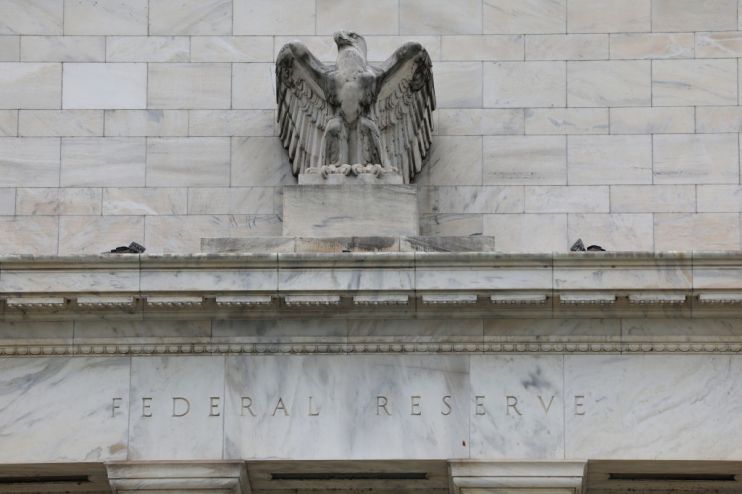US Fed rate cut hopes fade: Odds of a June cut fall to 50:50

A seismic shift has occurred in the realm of potential US Federal Reserve interest rate cuts this year.
What initially began as high hopes for a significant reduction of over 150 basis points at the beginning of the year has now turned into a cloud of uncertainty, leaving investors questioning even the possibility of half of that initial estimate.
According to the latest data from the CME FedWatch Tool, the probability of the Federal Reserve implementing a quarter-percentage point rate cut in June now stands at a mere 51.2 per cent.
This marks a stark decrease from previous estimates, which soared close to 70 per cent just weeks ago. Furthermore, traders speculate that the Fed may opt to maintain its current policy rate range of 5.25 per cent to 5.5 per cent, with nearly a 48 per cent chance estimated.
“When is the earliest we can expect the first cut in interest rates? This is a common query we encounter, with concerns over potential delays and growing apprehensions about no rate cuts at all,” said Stephen Gallagher, Head US economist for Societe Generale.
“We anticipate rate cuts to begin in June A prerequisite for this is a more modest Consumer Price Index (CPI) growth this week. An unexpectedly high CPI figure could significantly postpone cuts. A subdued CPI reading now needs to be followed by another subdued reading in May.”
Last week’s events added fuel to the fire of uncertainty, as a remarkable jobs report stole the spotlight.
With a staggering gain of 303,000 jobs – surpassing the forecasted 214,000 – the report shook the foundations of expectation. Yet, amidst this job market boom, other indicators remained steadfast.
Average weekly hours increased, while average hourly earnings and the unemployment rate held steady, painting a picture of an economy less in need of immediate intervention.
As a result, the once-imminent rate cut by June has now become a distant possibility, with the first 25 basis points cut now pushed back to the September meeting.
Conversely, pricing for rate cuts by the European Central Bank remained relatively unaltered, standing as a stark contrast to the tumultuous shifts in US markets.
With bated breath, investors now await the unveiling of the consumer price index for March, scheduled for Wednesday. This release, often regarded as a barometer of inflation trends, holds the key to the Fed’s next move.
“Strong jobs report may reinforce the idea of patience among some Fed officials in terms of upcoming policy decisions. If the economy appears to be on a solid footing, why the rush to ease?,” noted Oscar Munoz, Chief US Macro Strategist at TD Securities.
“We remain of the view that the evolution of consumer price inflation remains the key determinant of easing in the short term, which raises the stakes for (Wednesday’s) CPI report. We remain of the view that the June FOMC meeting remains live in terms of when the Fed could begin to cut rates.”